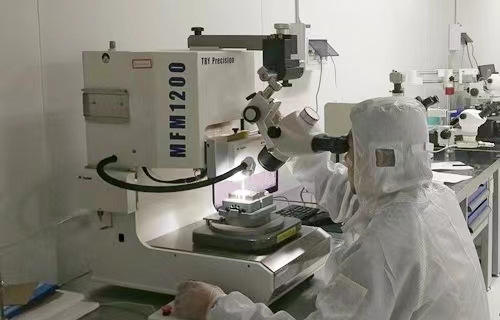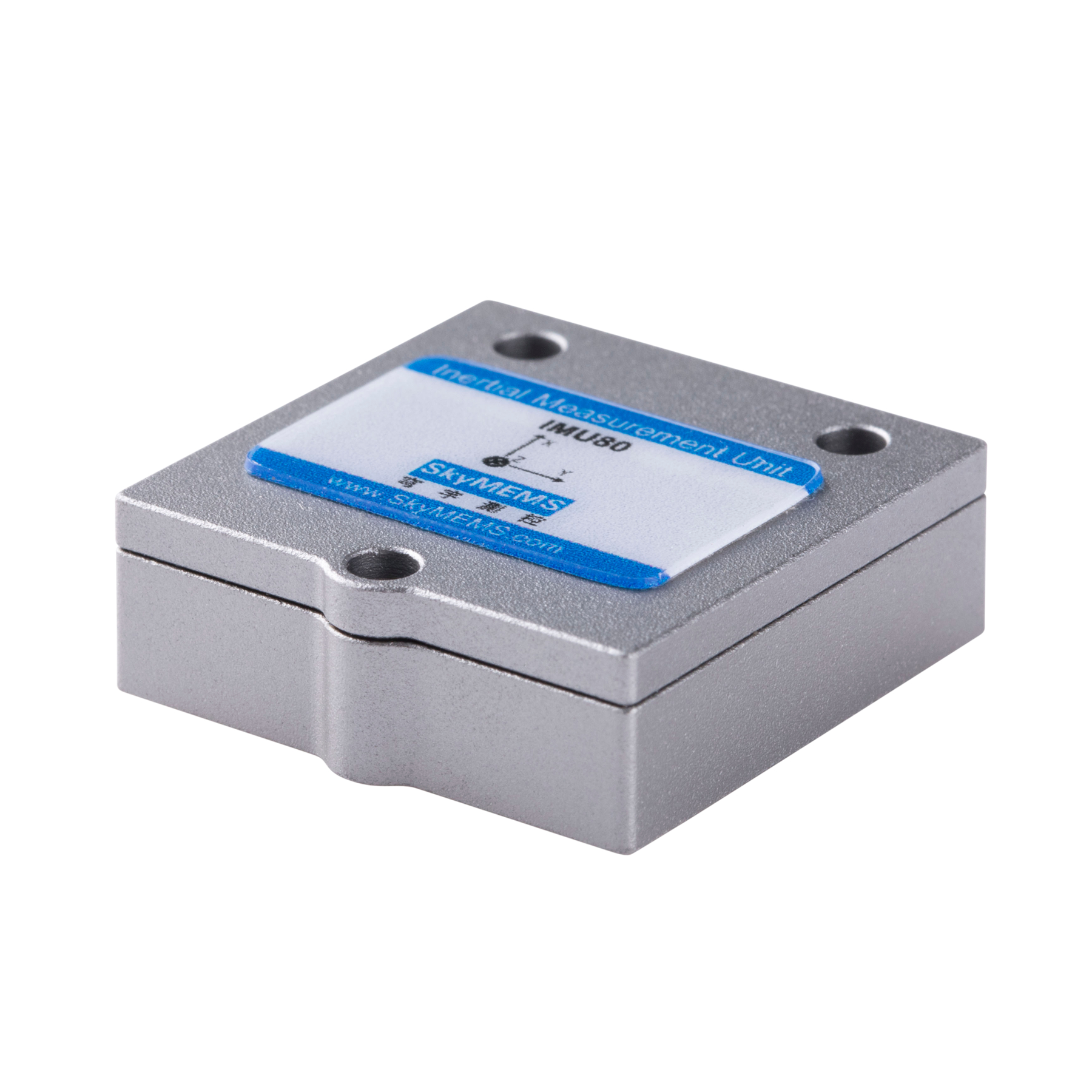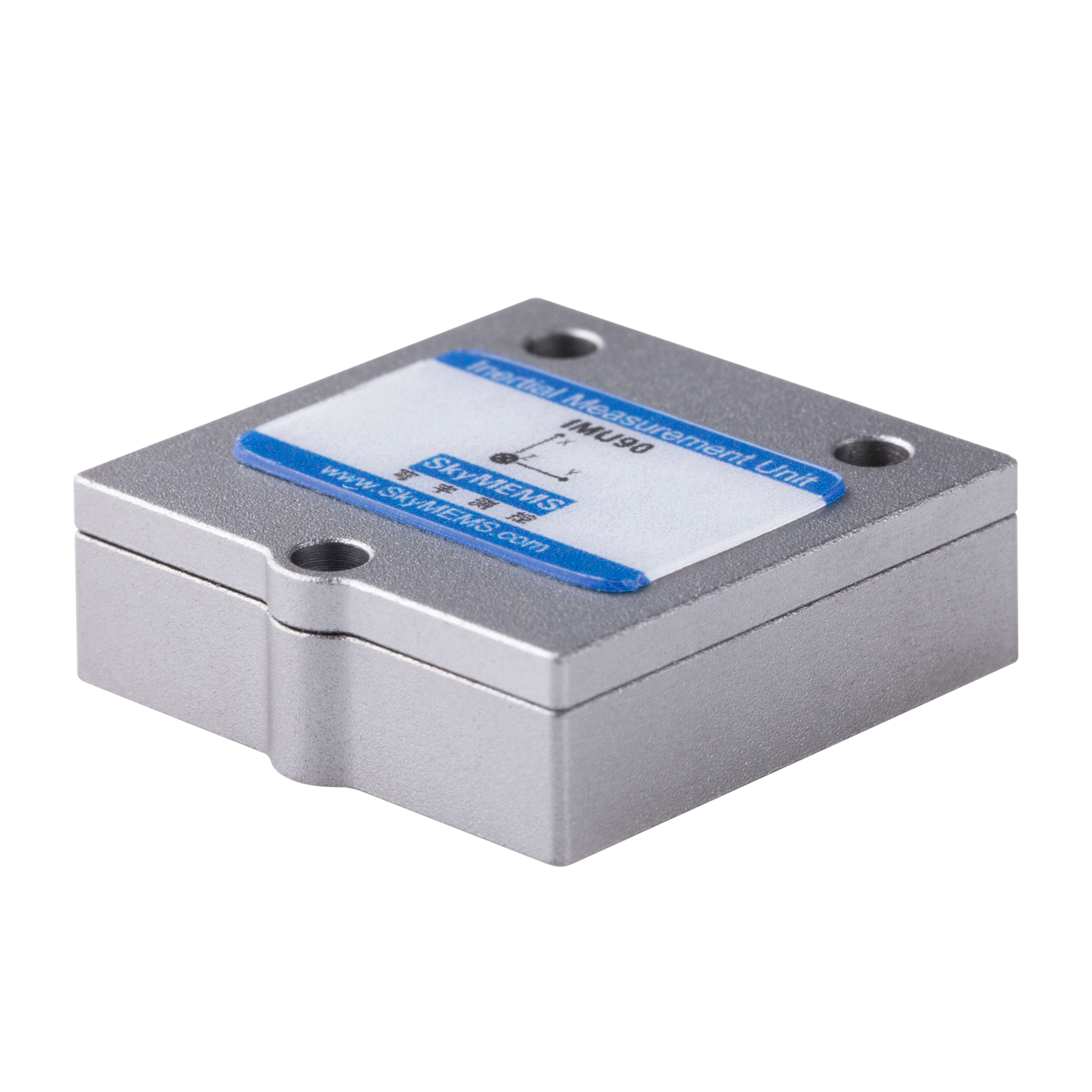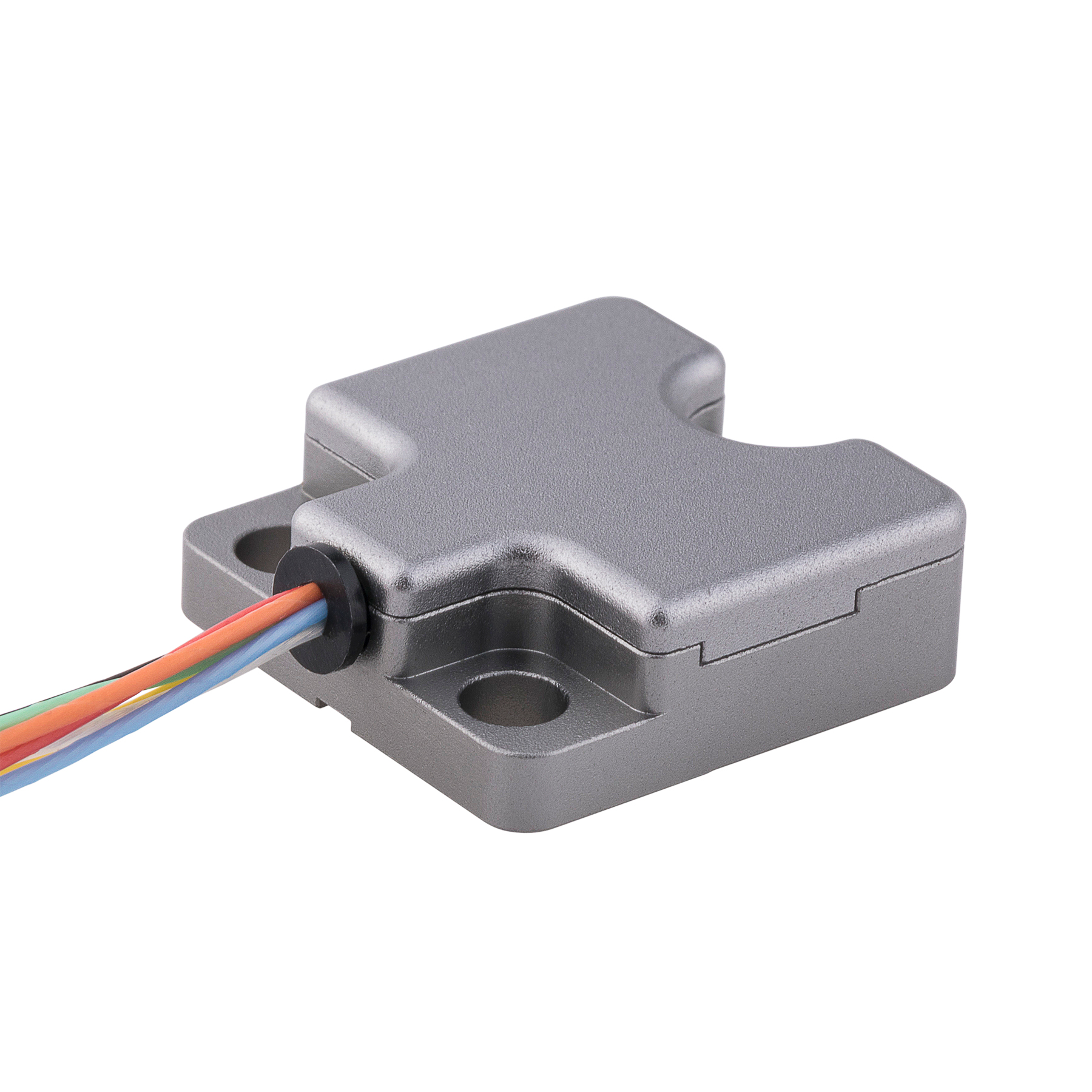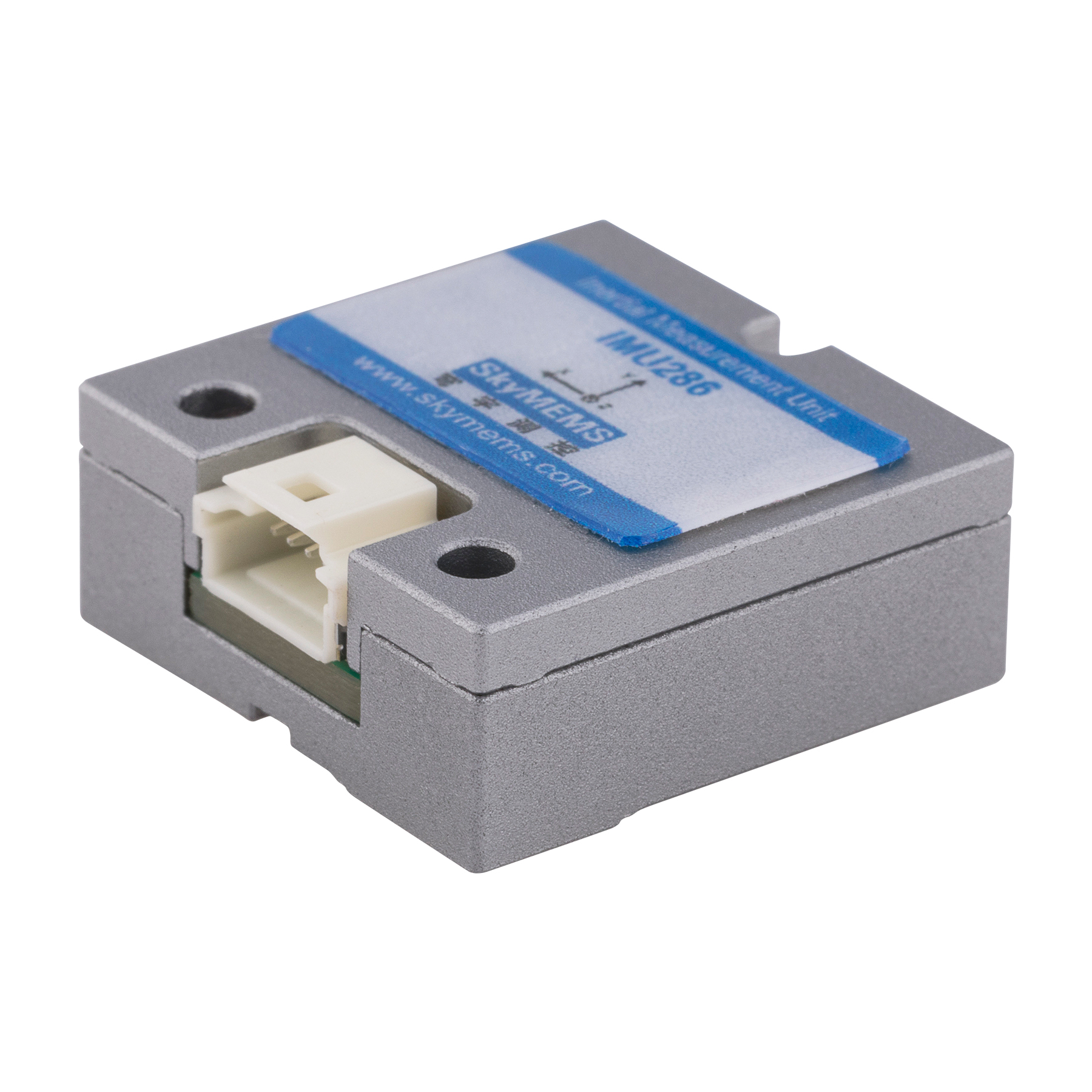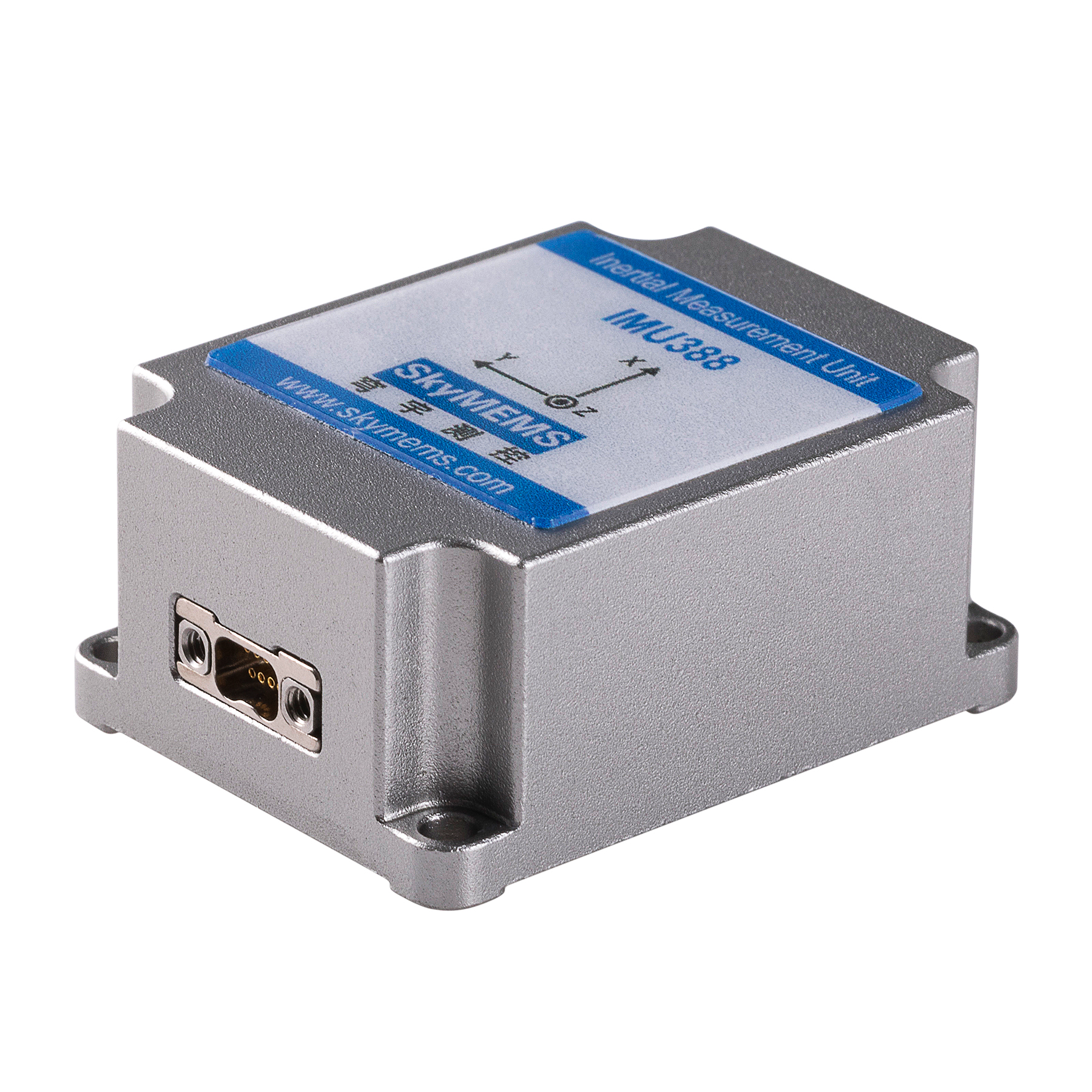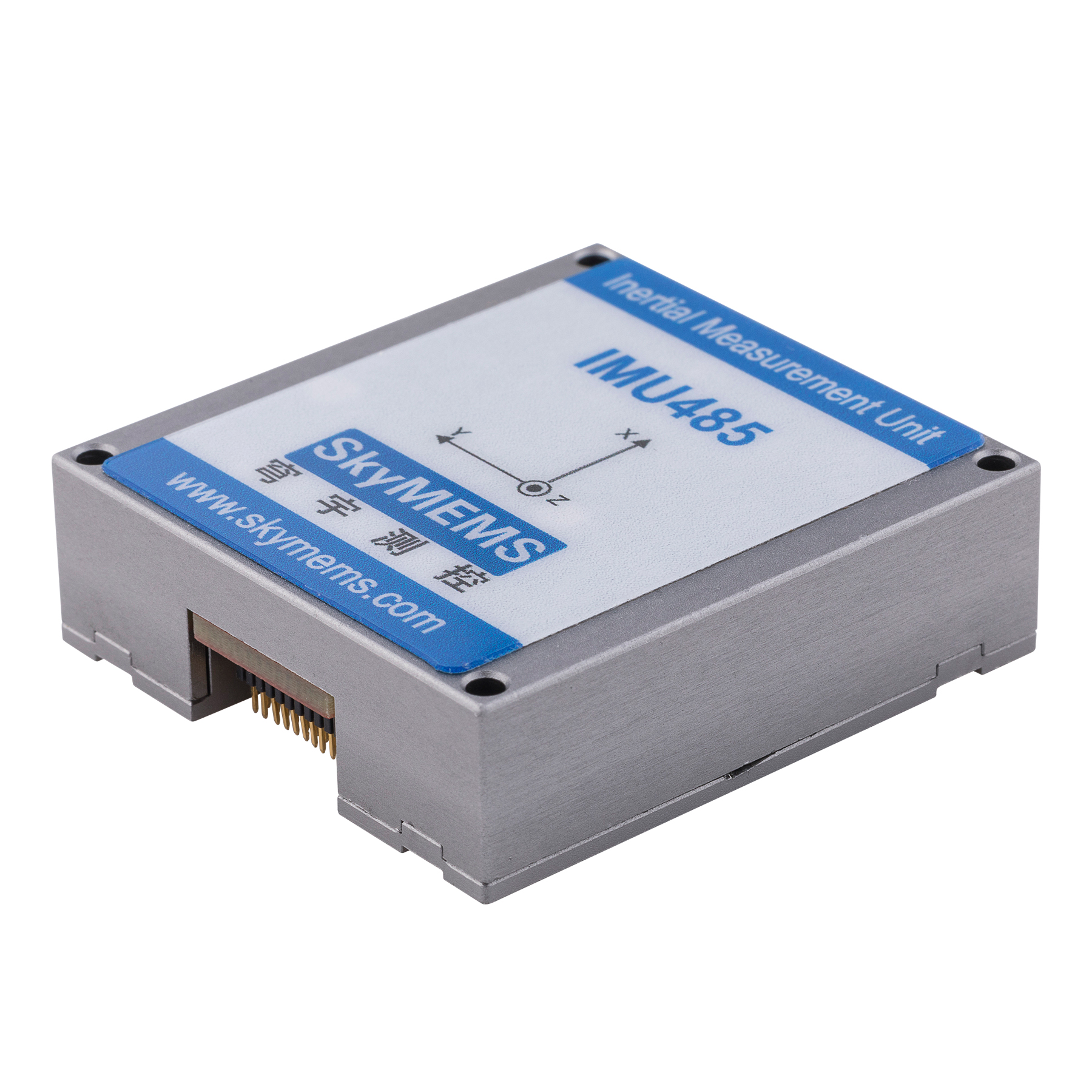1. What is a compass sensor module?
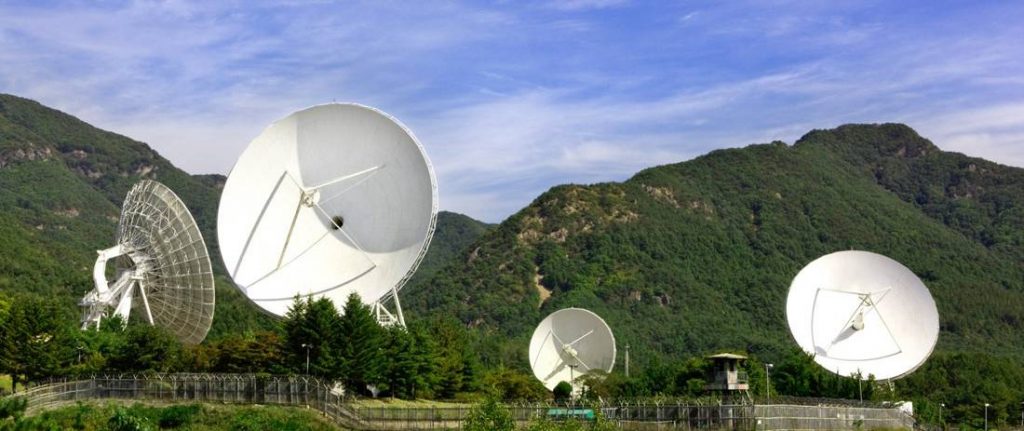
The compass sensor module (CSM) is a small, discrete electronic device that measures the orientation of an object, like an object in a room or outside in the wind.
The CSM uses two sensors to measure the orientation of an object: a magnetometer and an accelerometer. They are based on photodiodes and are designed to be non-contact, meaning they can’t be touched or pressed by a human.
2. What are compass sensor modules used for?
A compass with 0.1° RMS accuracy will generally give fine gage readings when pointed directly at Earth from space/Earth’s surface; but when pointed at objects that are much farther away (like airplanes), it will often give extremely poor results because of diffraction effects – this can be improved by using some kind of “precision” method to increase dead reckoning accuracies at low latitudes, see discussion below. I will discuss precision here later on in this post when we talk about altimeters; here we look at how different users might use their instruments.
Altimeters work through two different methods: dead reckoning and signal estimation (or signal recovery). Dead reckoning uses information from surrounding objects which may point in slightly different directions at certain times; this gives us an approximate position in our atmosphere – typically in meters above ground level (or feet above sea level). In signal estimation, we use something called “gravitational compensation” – giving us an absolute position by fitting data from objects around us into our position model: wind direction + velocity/acceleration + altitude. Signal estimators do not need the assistance of other objects for dead reckoning and do not depend on nearby landmarks for signal estimation; so those are probably not what people are looking for most often. However, signals estimators may be more useful to people who want absolute positioning without any reference points around them than dead reckoning would be to
3. The advantages of compass sensor modules
Compass sensor modules usually have a compass sensor integrated with the circuit board itself. They are used in a wide range of products, including GPS receivers, accelerometers, gyroscopes and so on. The main advantage of using a compass sensor module is that they are simple and easy to install/remove. The advantage of using a compass sensor module is that they can be used to calibrate the device and make adjustments to compensate for environmental changes.
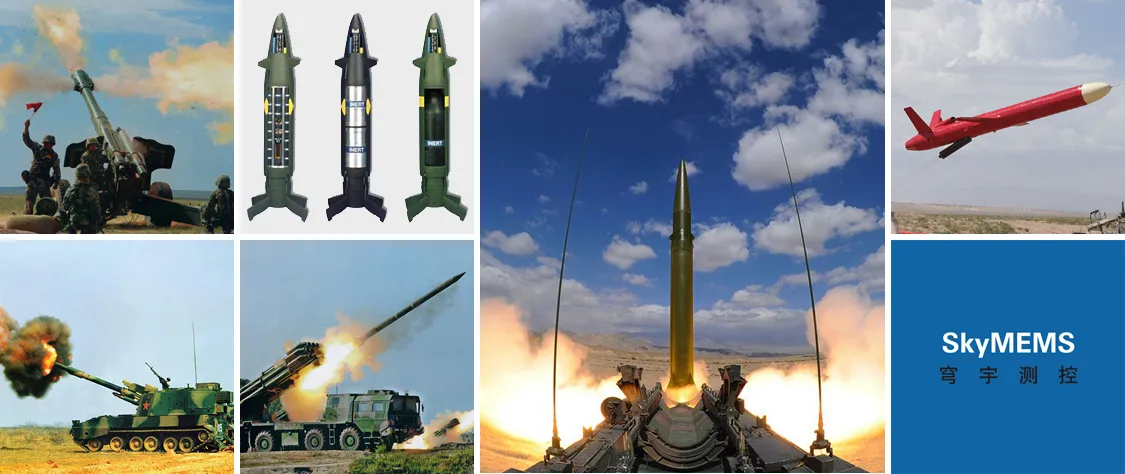
The problem with using a compass sensor module is that it usually comes with an analog-to-digital converter (ADC) or digital-to-analog converter (DAC). The ADC converts the raw analog data obtained from the sensors into digital data which can be processed into geolocation coordinates. Then, the DAC converts this digital data back into analog data which is processed by the ADC again and then sent to the processing circuit.
The most common problems associated with these sensors include:• Advancement/retirement: there are frequent revisions when new features are added; some of them may cause problems if not properly configured; taking such measures can reduce the lifespan of your product significantly;
- Reliability: if you are experienced enough in device calibration, readjusting it for various environments can be time-consuming; but for inexperienced users, it might cause problems in their devices due to poor understanding of where their devices should be calibrated;
- Lack of precision: sometimes there might be too little accuracy due to manufacturing error due to lack of calibration material/parts as well as parts that cannot be easily found; other times there might be too much internal noise that might not allow true readings;
4. The disadvantages of compass sensor modules
The compass sensor module is a digital electronic module to determine the heading of an object or to calculate the distance between two objects. This is also called RMS or Root Mean Square (RMS) value and it’s used in most electronic navigational instruments.
It’s an inexpensive and compact device, which is mainly used for determining bearing of an object. It’s used in laser range finders, electronic compass and gyro sensors, laser altimeters, etc.But how does it work? Let’s see this on a little diagram:
The RMS value is the average value of all the readings (the larger number indicates more readings). The higher this value, the longer the direction that you can navigate with compass sensor module. For example if you have 5 readings you’re closer to true north than 0.5°RMS value and if you have 25 readings you’re closer to true north than 10°RMS value.It’s important to remember that these values are not absolute values but they are relative values. If you move away from true north then it means that your compass sensor module will give different value too (the same applies for magnetic declination). This is why we need to keep our head around these values when choosing which compass sensor module we should use for a project or even for a home lab.

